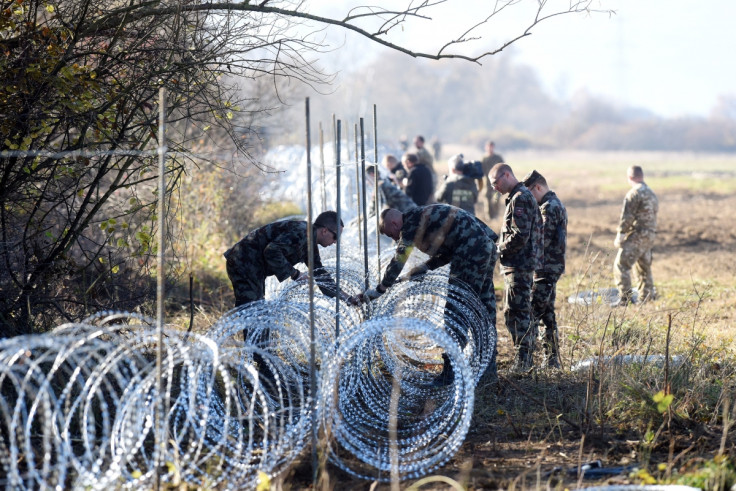EU border fences pose 'major threat' to wildlife
Razor wire fences and walls are obstructing animals from vital seasonal resources, study says.
The rise of border fences in Eastern Europe poses a "major threat" to wildlife populations in the region, a study has warned. Scientists say up to 30,000km (18,500 miles) of wire fences and walls surround the borders of many countries in Eastern Europe and Central Asia, curtailing the movement of animals and endangering conservation efforts.
Barbed-wire fencing in Eastern Europe has risen dramatically over the past year, coinciding with the surge in influx of migrants and refugees to the region.
In the study published in the PLoS journal, 18 researchers from 10 countries across Europe and Central Asia say they have documented evidence of individual animals dying in their attempt to cross razor wire fences.
A far more serious problem occurs when fences split up animal populations and obstruct them from vital seasonal resources, potentially causing deaths due to mass starvation. Deer, bears, lynx and wolves are among the animals affected.
Fragmented populations
Scientists warned that the erecting of border fences threatened to reverse more than two decades of progress made in animal conservation efforts in Europe following the fall of the Soviet Union.
They urged countries to cooperate with each other and open some fence sections in seasons when migratory herds need to pass.
Cutting down on building fences and choosing fence designs that reduce the risk of animals becoming entangled – and even permit the passage of some species – are other viable options.

"While there is still a very large scope for wildlife to roam across borders in much of Western and Central Europe, the opportunities in Eastern Europe and Central Asia are decreasing," the study says.
"Hope lies in the ability to adopt a nuanced and context-specific view of both the motivations to build fences and the solutions to their side effects.
"In the context of the EU, it can only be hoped that the recently constructed fences, at least those within the EU, will be removed as soon as other measures are put in place to tackle the current refugee crisis," it adds.
© Copyright IBTimes 2024. All rights reserved.






